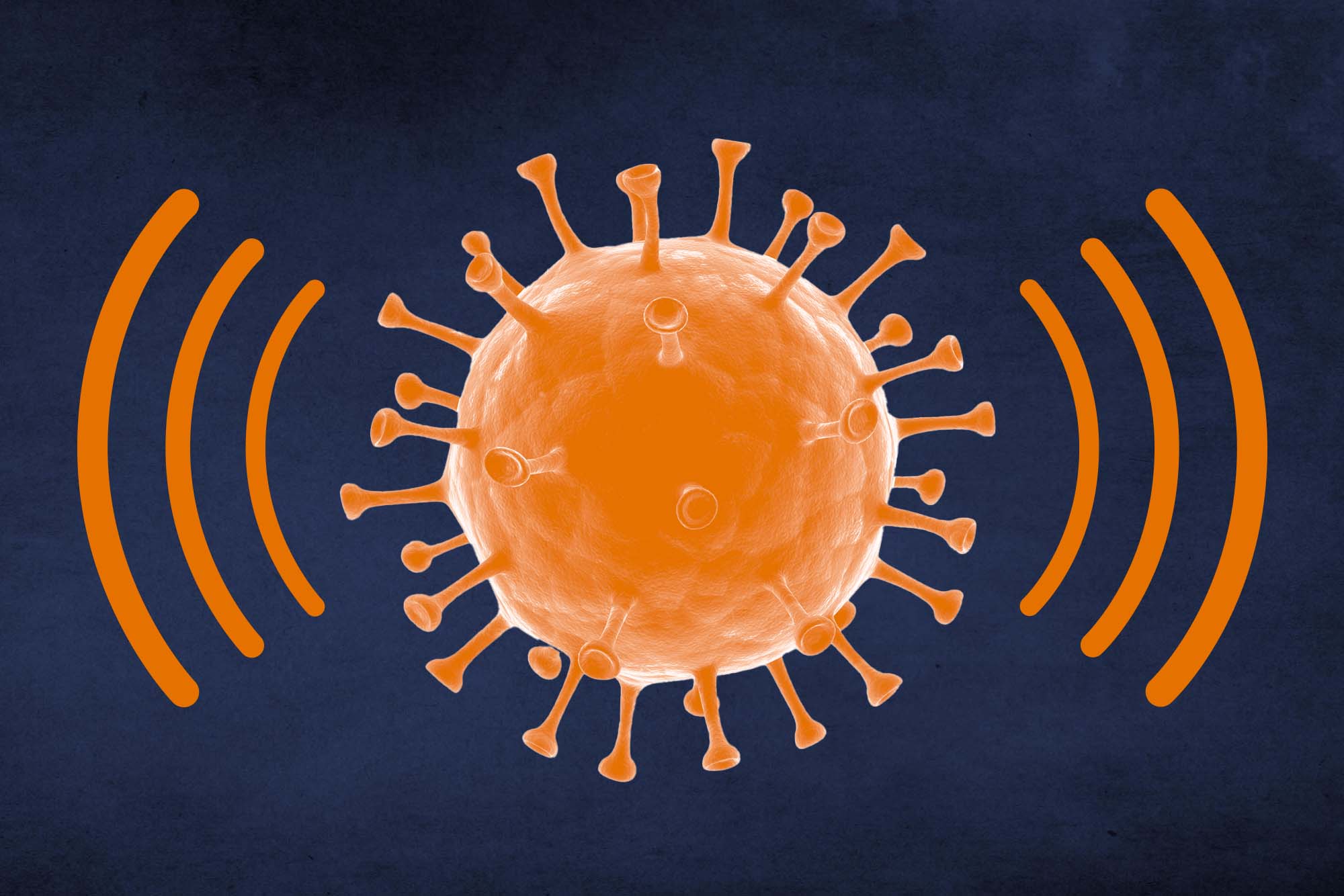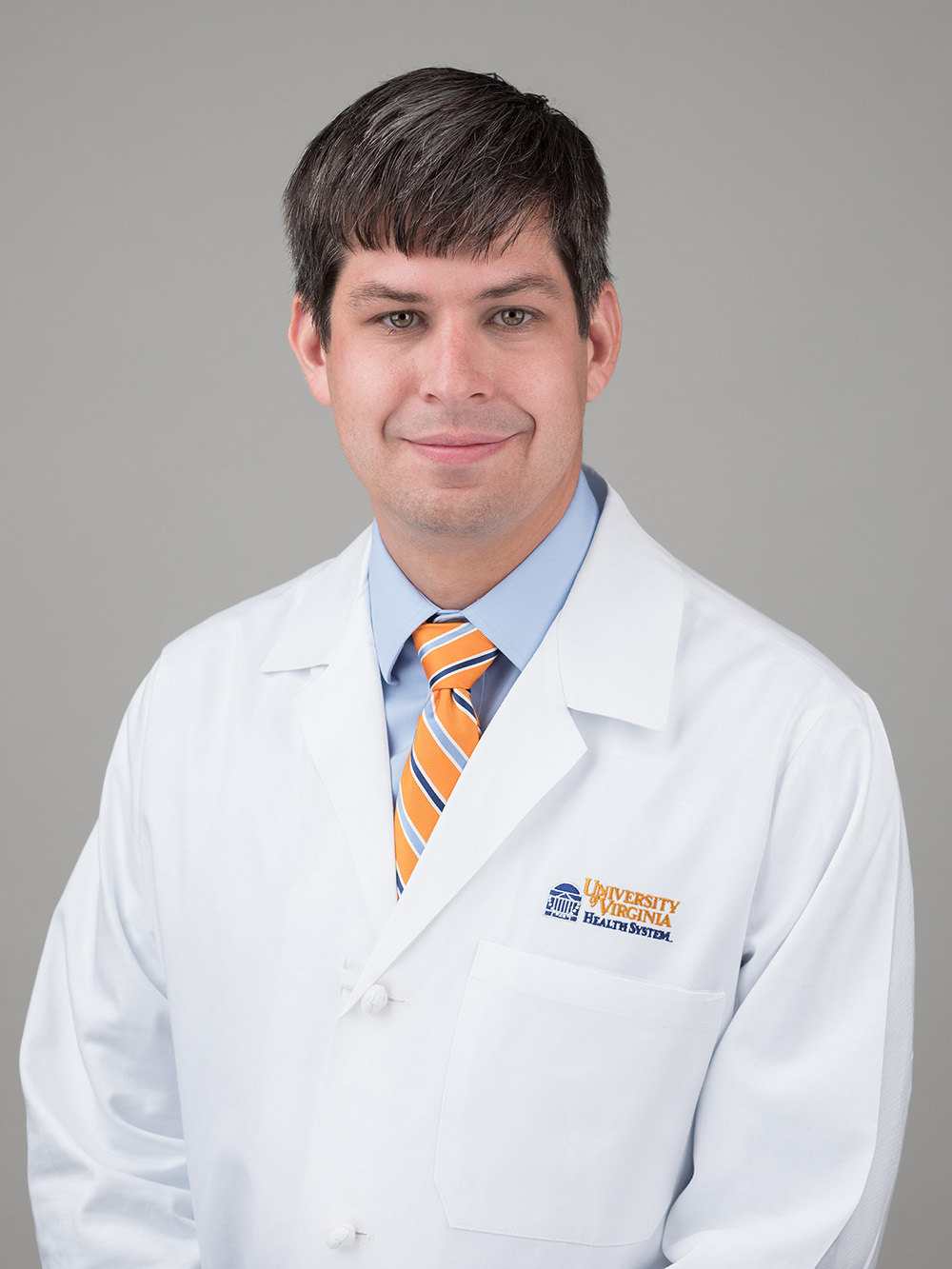Now UVA researchers have identified what they believe is a previously unknown, but critical factor. Successful transmission, they believe, is influenced by a protein the virus makes and how that protein interacts with the RNA of the virus. Natural variation in this process, the researchers say, could be a key factor in determining whether HIV is passed on, especially during unprotected vaginal sex.
“Protecting people from getting HIV is a major public health goal,” said researcher Dr. Patrick Jackson of UVA’s Thaler Center for AIDS and Human Retrovirus Research. “Our work on understanding the process of HIV transmission could point the way to better drugs to prevent HIV.”
Understanding HIV Transmission
During untreated HIV infection, many different variations of the virus are made within a single person. But when a new infection occurs, it’s not the result of many viruses – just one variant is transmitted. This is known as the “transmission bottleneck,” and scientists have struggled to explain it.
The UVA researchers, including Jackson, David Rekosh and Dr. Marie-Louise Hammarskjöld, say the bottleneck may result in part from variations in the viral Rev protein and how it interacts with a part of the viral RNA known as the Rev response element, or RRE. The interaction is needed for the virus to make copies of itself in the cytoplasm inside our cells.
The UVA team looked at Rev-RRE activity in viruses during vaginal HIV transmission and found that the viruses that established the new infections tended to show low Rev-RRE activity. That suggests that naturally occurring variations in Rev-RRE activity may determine which viruses start a new infection. It also may allow the virus to adapt to different “fitness landscapes,” which could play a key role in how HIV takes hold inside a new person.
“This is a new insight into HIV transmission,” Hammarskjöld said. “If the Rev-RRE system is important here, it could also be important for other aspects of HIV disease, including how the virus establishes lifelong infections.”
The researchers say that the new insights into a previously unknown factor in HIV transmission helps us better understand how HIV is spread and could lead to new ways to stop it.
“It’s exciting to connect very fundamental work about how HIV works with issues that matter to patients,” Rekosh said. “This finding highlights the importance of basic research. Answering questions about how things work in the lab often eventually leads to new treatments at the bedside.”
Findings Published
The UVA researchers have published their findings in the scientific journal Open Forum Infectious Diseases. The research team included Jackson, Jordan Holsey, Lauren Turse, Hammarskjold and Rekosh. The researchers have no financial interest in the work.
The research was supported by the National Cancer Institute, grant P30-CA044579; the National Institutes of Health, grants CA206275, AI136671, AI134208 and K08 AI136671; and the University of Virginia via the Myles H. Thaler Research Support Gift, the Myles H. Thaler Professorship and the Charles H. Ross Jr. Professorship.
To keep up with the latest medical research news from UVA, subscribe to the Making of Medicine blog.











